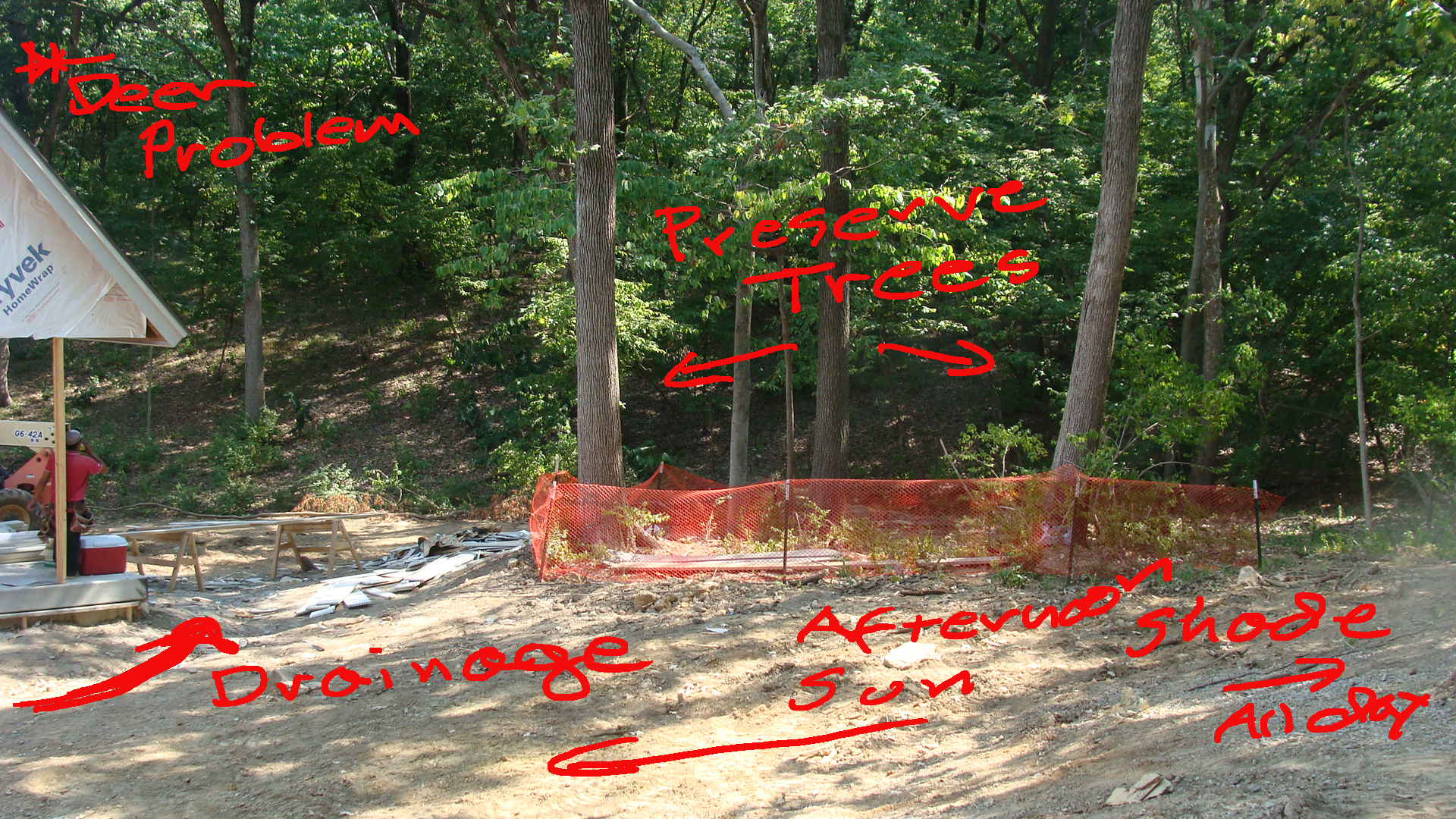If you are like me, you are heading into a very dangerous gardening time. After a few weeks of grey skies, cold temperatures and intermittent snowfall, I am entering the “renovate the entire yard to create an outdoor masterpiece” phase. For the next few weeks, I will stand by my windows and visualize stone patios where my family and friends will relax, outdoor kitchens in which I will prepare scrumptious meals, water features that will soothe the soul on chaotic days and planting beds with riotous bursts of color and fragrance. Perhaps I will have a pergola with Royal Purple wisteria blooms trailing down next to the grandchildren’s nature based play space. And of course, I must have a raised bed vegetable garden bursting with organically grown produce. Every element I have ever seen and admired will suddenly finds a place in my yard and they will all fit together in perfect harmony.
And then reality in the form of my husband’s rational approach to life will hit. He will point out, very bluntly in my opinion, that we have a very small yard and a limited budget and that success comes from developing and following a plan not a daydream. As much as I hate to admit it, he is right. Although my wintertime dreams do have a critical place in the creation of our perfect outdoor living area, they are not the only element. In order to change my daydreams into a pleasing reality, I will need to understand and to follow the design process through each stage.
Through the years, the staff at Embassy Landscape Group has developed a design/ build process that carefully guides clients through the development and installation phases of their landscape project. Working closely with Embassy designers ensures that the finished product is an accurate interpretation and refinement of the customer’s original ideas and has remained within the budget guidelines.
Prior to the initial meeting, spend time thinking about your goals, priorities and budget for the project. Putting together an idea book book beforehand can help the designer understand your taste and therefore design more effectively for you. Through the years, I have done everything from tearing pictures from magazines to taking photos of stranger’s yards in order to capture my ideas. Sites like pinterest or houzz can be useful for storing and arranging images as well as finding new ideas.
The first meeting with the designer will primarily be an information gathering session with the goal of creating a conceptual plan. Embassy’s designers will want to identify the scope of the work. Is the project goal to solve an existing problem, for example to screen unsightly views? Is it to create a private retreat in which to decompress after a hectic day or is it a gathering place for friends and family? Is it to renovate an existing area or to install an entirely new yard? Is the work to be completed in one season, or is it going to be completed over time?
Once the scope of the work has been outlined, then the budget range needs to be determined. Knowing a realistic budget helps a professional designer develop a cost-efficient plan that still meets the customer’s goals. The design fees and payment schedule will also be discussed at the initial meeting.
The designers from Embassy take pride in actively listening and responding to their customer’s needs and wants. They ask a variety of questions to learn more about the client’s tastes and how the space will be used. They also present their portfolios at the initial meeting so the client can see a range of the designer’s previous work before making a final decision. Embassy designers feel that these discussion times are critical to the success of the project because of the personal connections they help establish. I have often heard the designers refer to their clients as “friends” by the time the project is completed.
Another goal of the initial appointment is to study the site. Professional designers may take photos or sketch out a site plan with exact measurements. They will note existing structures and placement of utilities as well as any natural features that will play into the design. Soil type and drainage issues will also be considered as will sun angles. Careful consideration of these elements help designers create a design that is both beautiful and functional.

Using the information from the initial meeting, designer Dan Nelson works to create a conceptual plan,
With all of the information in hand, Embassy staff will then work to create a customized conceptual plan that reflects the unique character of the customer and the site and stays within the agreed upon budget. Next time we will take a look at what happens as the conceptual plan is turned into a working design ready for installation.




